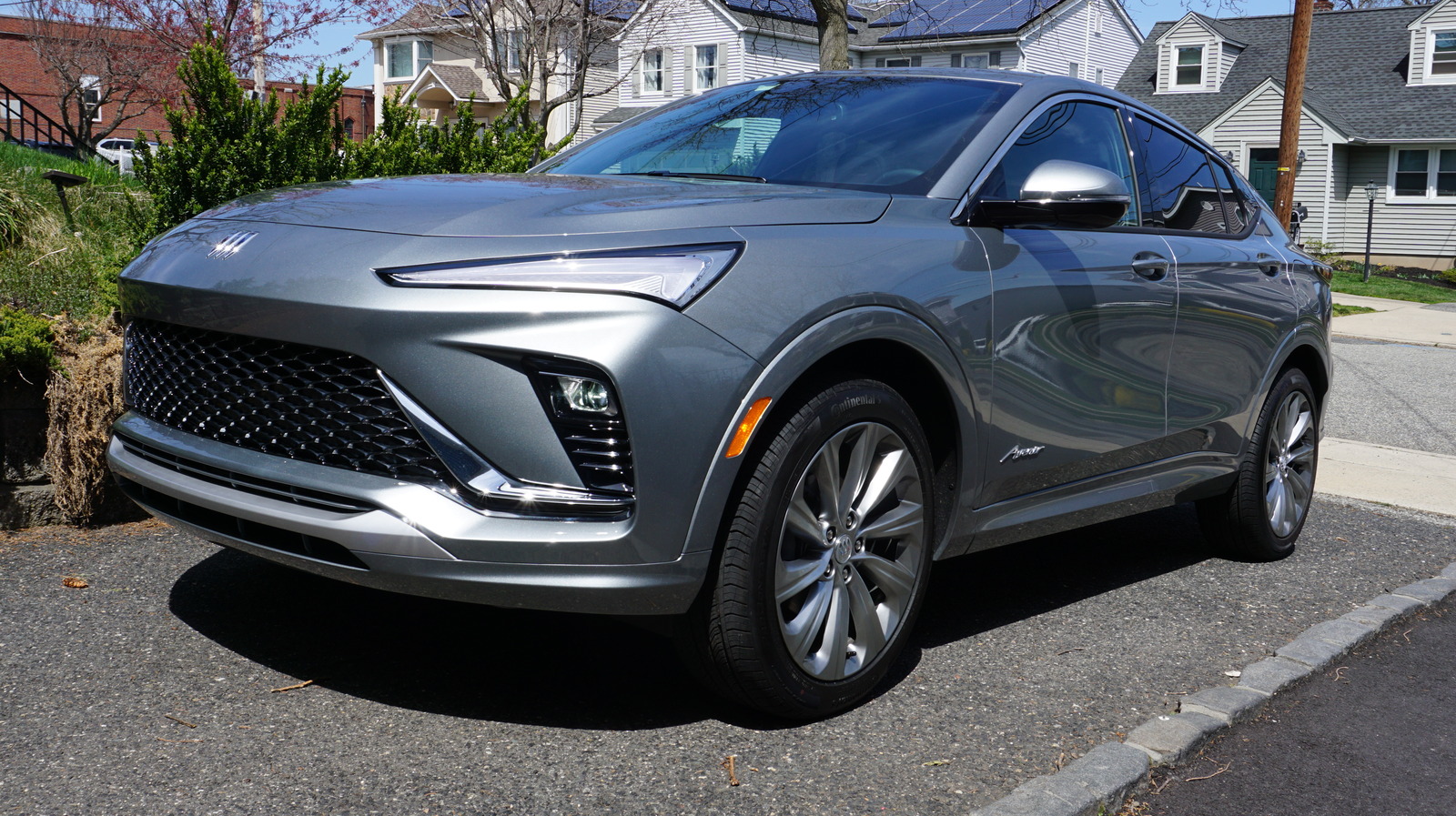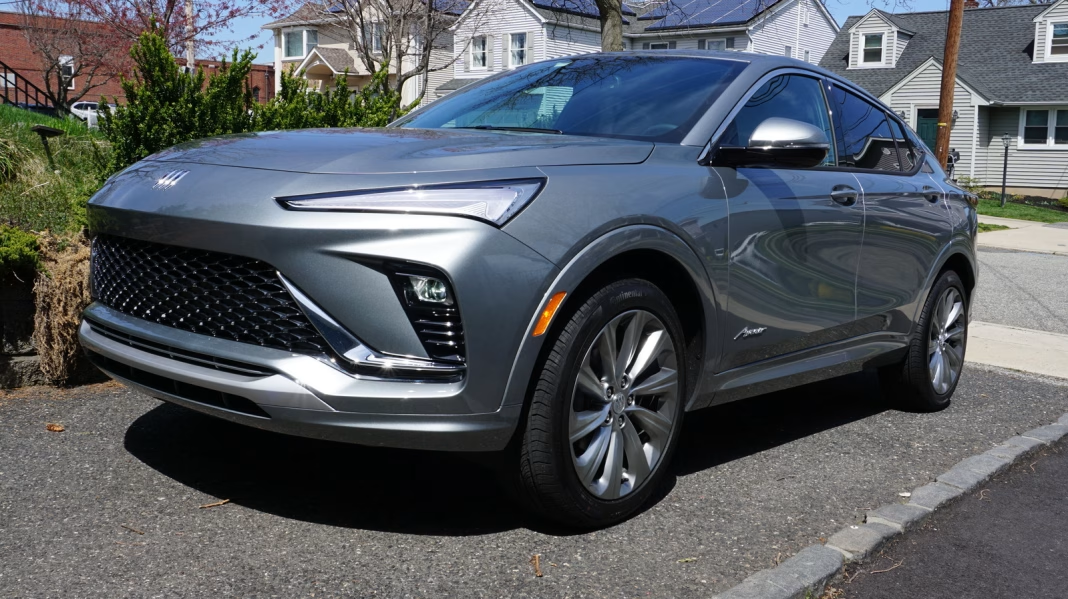Buick has been making waves in the automotive world lately, particularly with the introduction of the Envista, a vehicle that has garnered attention for its striking design and impressive features. It seemed like Buick was on the brink of a resurgence, capturing the interest of both loyal fans and new customers alike. However, recent developments have thrown a wrench into their plans, primarily due to tariffs imposed during President Trump’s administration. Let’s dive into how these tariffs are impacting Buick and what it means for the future of the brand.
How Do Tariffs Affect Car Manufacturers Like Buick?
Tariffs are essentially taxes imposed on imported goods, and in the automotive industry, they can significantly raise the cost of manufacturing vehicles. For Buick, which relies on a global supply chain for parts and materials, these tariffs can lead to increased production costs. When the cost of production rises, manufacturers often have to pass those costs onto consumers, which can make vehicles less competitive in the market.
For example, if Buick imports parts from overseas to assemble the Envista, any tariffs on those parts can inflate the overall price of the vehicle. This situation can deter potential buyers who might opt for more affordable alternatives from other manufacturers that are less affected by such tariffs.
What Was Buick’s Momentum Before the Tariffs?
Before these tariffs came into play, Buick was experiencing a renaissance of sorts. The Envista, in particular, was a standout model that showcased the brand’s commitment to innovation and design. With sleek lines and a modern interior, it appealed to a younger demographic looking for style without sacrificing practicality.
Sales were on the rise, and there was a palpable excitement around Buick’s future. The company had been investing in electric vehicle technology and modernizing its lineup, aiming to shed its image as a brand primarily for older consumers. The Envista was a key part of this strategy, and it seemed like Buick was finally hitting its stride.
What Are the Long-Term Implications of These Tariffs?
The long-term implications of tariffs on Buick could be significant. If production costs remain high, Buick may have to make tough decisions about pricing, which could impact sales. A higher price point might alienate the very consumers they’re trying to attract. Additionally, if the tariffs persist, Buick may need to consider shifting more of its production to domestic sources, which could take time and investment.
Moreover, the automotive market is highly competitive, and consumers have plenty of options. If Buick cannot maintain its momentum, it risks losing market share to competitors who can offer similar vehicles at lower prices. This scenario could stifle innovation and slow down the brand’s efforts to modernize its fleet.
What Can Buick Do Moving Forward?
To navigate this challenging landscape, Buick may need to adopt a multi-faceted strategy. First, they could explore ways to optimize their supply chain to mitigate the impact of tariffs. This might involve sourcing more components domestically or negotiating better terms with suppliers.
Additionally, Buick could focus on enhancing the value proposition of their vehicles. By emphasizing unique features, superior customer service, or attractive financing options, they might be able to justify higher prices to consumers who are willing to pay for quality and innovation.
Finally, engaging with consumers through marketing campaigns that highlight the brand’s evolution and commitment to modernity could help reshape public perception. If Buick can successfully communicate its value and innovation, it may still capture the interest of potential buyers despite the challenges posed by tariffs.
As Buick navigates these turbulent waters, the automotive community will be watching closely. The brand has shown it can produce compelling vehicles, but how it responds to external pressures will ultimately determine its future trajectory. The Envista may be just the beginning of a new chapter for Buick, but it’s clear that the road ahead will require careful navigation and strategic decision-making.


